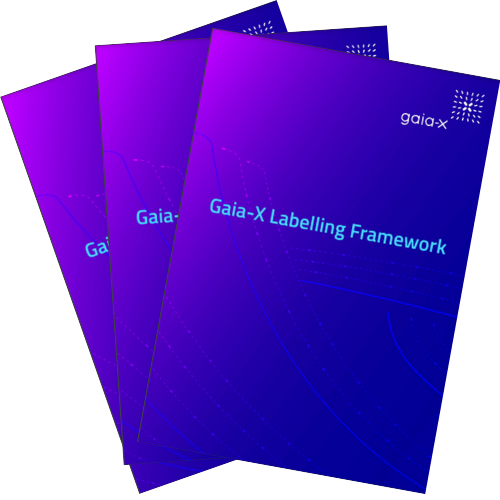 The aim of Gaia-X is to promote the development of a sustainable and innovative data economy in Europe.
The aim of Gaia-X is to promote the development of a sustainable and innovative data economy in Europe.
Objectives:
- Building a new data ecosystem for European innovation
- Creating a compelling environment for the development of new European digital services
- Enabling the creation of common European data spaces in a trusted environment
- Reduced dependence on technologies outside Europe
In this context, Gaia-X is developing a Compliance & Labelling Framework to build a trustworthy European data infrastructure based on the fundamental principles of transparency, sovereignty (maximum control and sovereignty over one’s own data) and interoperability (across services in order to have a free choice between different providers).
This framework is an important part of the Gaia-X architectur. It makes Gaia-X independent of users’ decisions and is intended to automate all the tests and checks required to give a service a specific label. The definition of these labels is done by external authorities (government, industry, standardisation bodies, etc.).
Difference between compliance and labels
Gaia-X Compliance: Process of validating automatically enforceable rules to meet the minimum level of self-description compatibility in terms of file format and syntax, cryptographic signature validation, consistency, and attribute value verification.
Gaia-X compliance ensures that the required level of information is available for users to make informed decisions and that this information is already verified or verifiable.
Gaia-X Labels: are issued only for service offerings and ensure that basic policy and technology requirements are met.
A single label can group together several compliance criteria, each of which can include one or more verifiable proofs. Labels therefore make it easy to group all these criteria together.
Click here for the complete Compliance and Labelling framework.
Read also:
- Press Release: Gaia-X Association Announces Release of Compliance and Labelling Framework
- Policy Rules Document (PRD 21.04)




